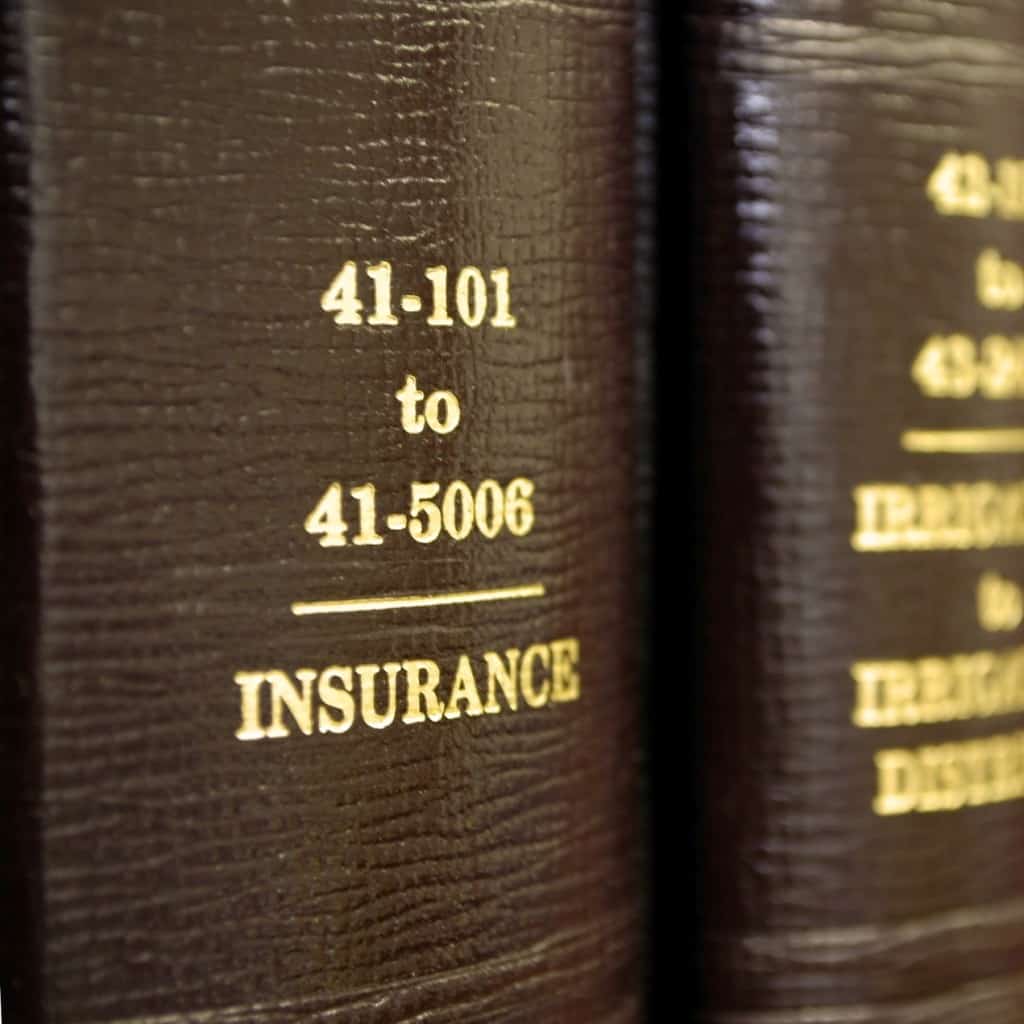The Ninth Circuit Court of Appeals recently issued an opinion addressing the applicability of the “known-loss” provision in an Oregon commercial liability insurance policy. In Kaady v. Mid-Continent Cas. Co., No. 13-35036, — F.3d — (9th Cir. 2015), the court concluded that the known-loss provision did not operate to bar coverage where an insured knew of property damage to one component of a structure before the policy was effective, but was not aware of damage to a distinct component of the same structure. The court also concluded that the insurance company failed to satisfy its burden on summary judgment to establish that unknown property damage was barred because it constituted a continuation, change or resumption of the same damage known to the insured.
The case concerned a mason that installed manufactured stone at a multi-unit residential project. The mason installed the stone to the wall sheathing, wrapped deck posts with the stone and installed masonry caps on top of the stone that was wrapped around the deck posts. The construction work was completed in May 2006. In September 2006, the mason was called back to the project to inspect cracks in the stone and masonry work he installed. The mason told the general contractor that the cracks “had something to do with settling, being struck, or the substrate contracting or expanding.” Three months later, in December 2006, the mason purchased a CGL from the insurance company.
In June 2007, the homeowners’ association sued the developer, who sued the general contractor, who then sued all of the subcontractors including the mason. The claims against the mason in the underlying lawsuit relating to deterioration of the deck posts and wall sheathing behind the stone he installed. The mason settled his portion of the lawsuit, then he tendered it to the insurance company under the CGL policy. The insured company denied the claim and the mason brought lawsuit. The mason alleged that the damage to the structures for which he was sued was “property damage” under the CGL policy. The Oregon federal district court judge granted the insurance company’s summary judgment motion, finding the claim was barred by the policy’s known-loss provision. In particular, the district court found that there was relevant property damage prior to the mason obtaining the policy and that the damage was known to the mason prior to obtaining the policy. The mason appealed.
At the Ninth Circuit, the parties agreed that the damage to the deck posts and sheathing constituted covered “property damage” under the policy. The insurer argued that the claim was nevertheless barred pursuant to the policy’s known-loss provision, which provides that the policy only covers property damage if no insured knew that the damage had occurred, in whole or in part. The mason admitted that he knew of the cracks in the masonry, but stated that he did not have any knowledge of the damage to the posts and sheathing behind the masonry. The insurance company did not proffer any evidence contradicting the mason’s account, but argued that the mason’s knowledge of the cracks sufficed to bar coverage. The Court of Appeals rejected the insurer’s position.
First, the insurer argued that the known-loss provision applied to bar coverage so long as the insured knew of any damage to the structure. In support, the insurance company argued that the stone and underlying structural components all constitute the same property and, thus, the mason’s knowledge of the masonry cracks sufficed to bar coverage for all property damage. The court disagreed with the insurer’s position, concluding that components installed by the insured should be distinguished from those installed by others. Additionally, the court concluded that the known-loss provision could not bar coverage where the property damage known to the insured (cracks in the masonry) is distinct from the property damage asserted against the insured (deterioration of the posts and sheathing). Finally, the court determined that the insurer’s interpretation would eviscerate the “continuing property damage” language in the known-loss provision because if knowledge of any damage barred coverage, it would not matter whether the damage was a continuation, change or resumption of the known damage.
Second, the insurance company asserted that the damage for which coverage was sought constituted a continuation, change or resumption of earlier cracks in the masonry, which were barred by the known-loss provision. The court also rejected this position, finding that the insurance company failed to satisfy its burden of proof on the issue. While the mason admitted that the damage to the posts and sheathing arose from his defective workmanship, it did not constitute an admission that the damage was caused by the cracks in the masonry. The court conceded that the claimed damage may very well be barred, but determined that the insurer failed to satisfy its burden of proof on summary judgment.
The attorneys of Maloney Lauersdorf Reiner regularly advise clients regarding their rights and obligations under commercial general liability insurance policies, including on the duty to defend and duty to indemnify insureds. Please contact us with any questions about this case, or any other matter you see addressed on the MLR Blog.




